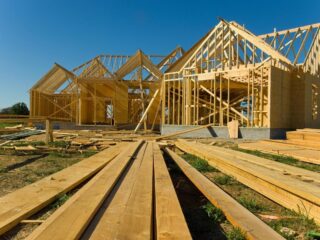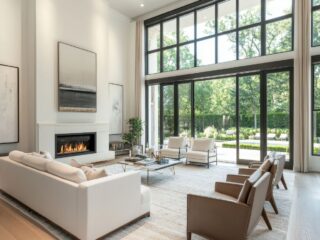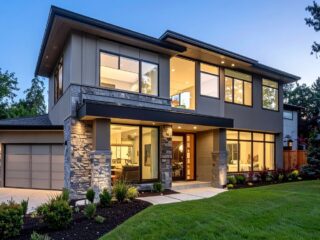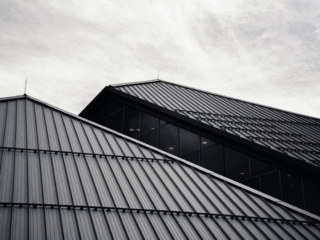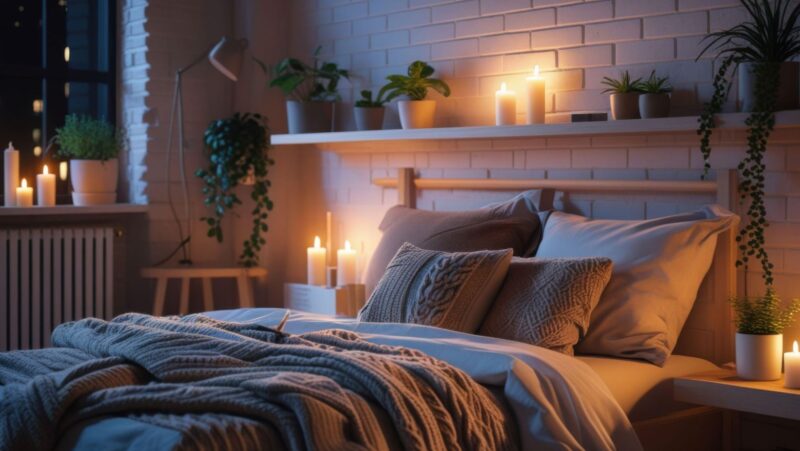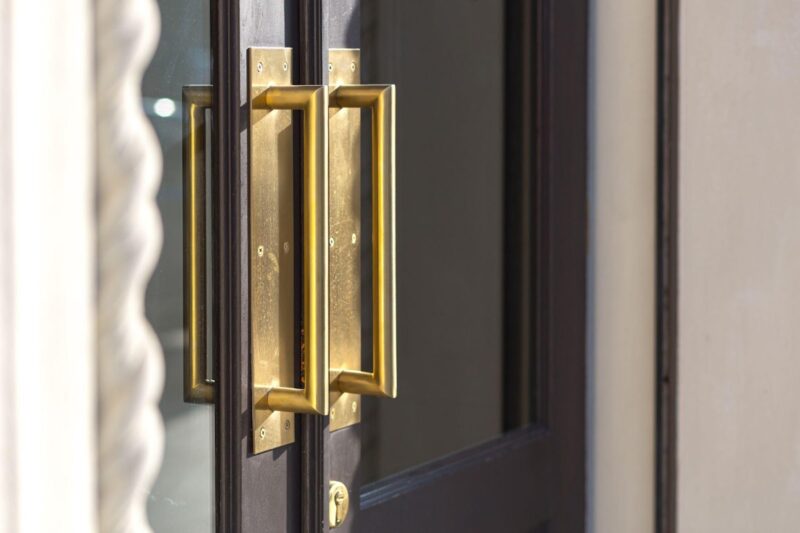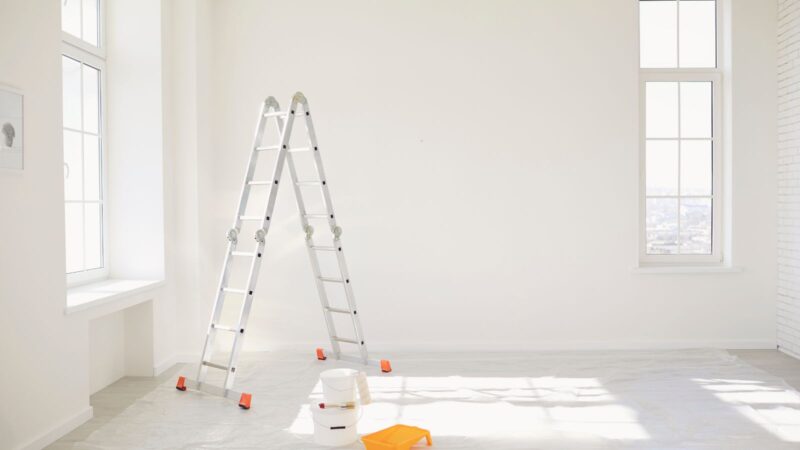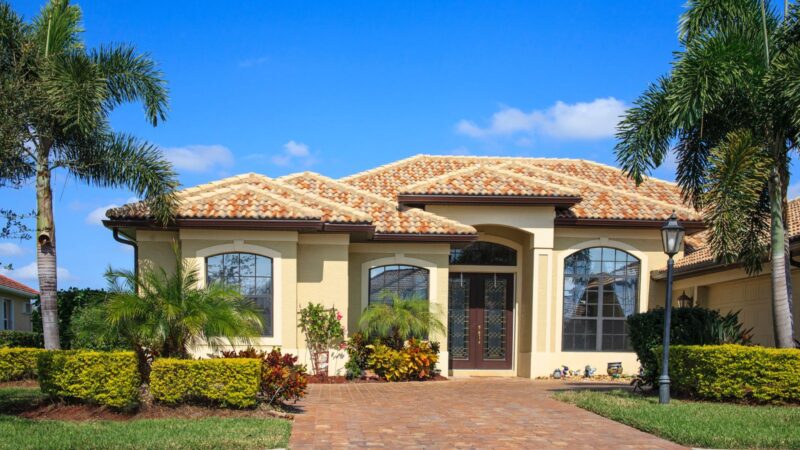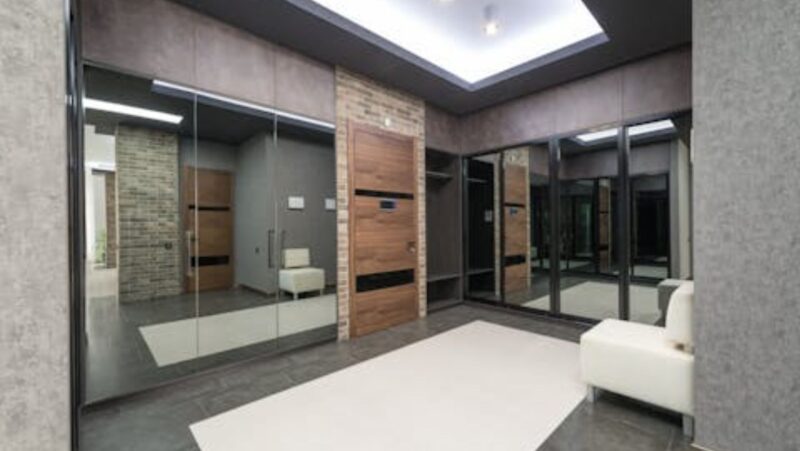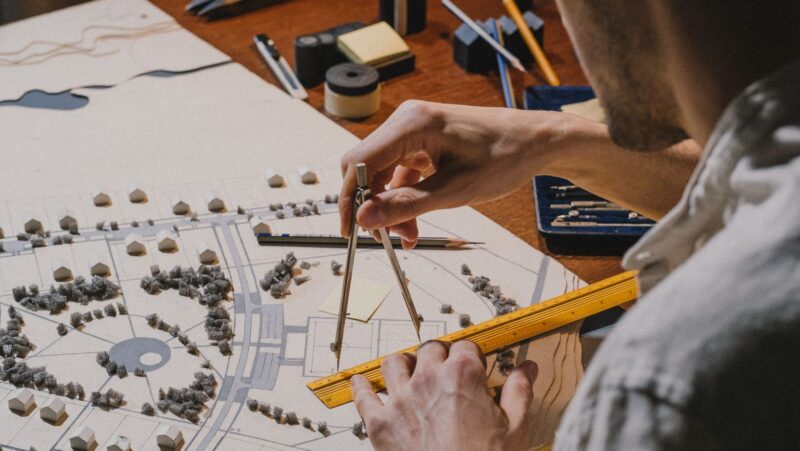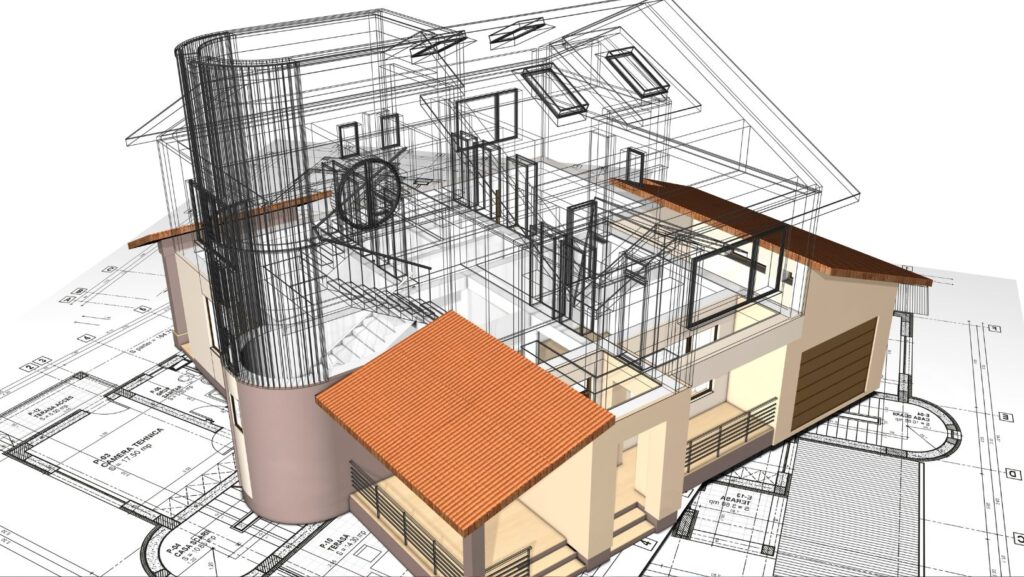
Creating a seamless flow between indoor comfort and outdoor freedom is one of modern architecture’s most desirable features. No longer just a trend, this approach transforms outdoor areas into natural extensions of the home. From material choices to spatial planning, thoughtful design can make your patio, deck, or garden feel like another room—just without the walls.
Use of Continuous Flooring Materials
Architects often rely on material continuity to erase the line between indoors and out. When the same tile, stone, or wood flows from the interior into the outdoor space, it visually connects both areas and enhances the feeling of spaciousness. This design choice isn’t just aesthetic—it’s practical. Weather-resistant flooring options now mimic indoor finishes so convincingly that the effect is both durable and beautiful.
Framing the View Like a Painting
A well-placed window or glass door can act like a frame, turning your backyard into a living mural. Large openings—especially sliding or folding glass walls—let in natural light and give the impression of one unified living space. Architects often use landscaping, symmetry, and sightlines to draw the eye outward and create an organic sense of flow.
Localized Design That Works With Climate
While indoor-outdoor spaces are a growing trend across the country, regional demands often shape how they’re executed. In Bucks County, PA, for instance, homeowners tend to prioritize features like custom decks, pergolas, and built-in lighting to make the most of their outdoor environments (try googling deck builder near me to see local examples). Local expertise often determines how well these outdoor elements mirror interior design standards, especially in transitional spaces.
Outside Interior Design Principles
Architects have long explored the idea that a garden can be treated like another room of the house. Some incorporate outside interior design principles, designing exteriors with the same care and planning typically reserved for indoor layouts. This includes aligning outdoor furniture with indoor lines, repeating color schemes, and arranging pathways or walls to act as spatial boundaries—just like in a traditional floor plan.
Passive Transitions and Covered Zones
Covered walkways, overhangs, and pergolas help soften the boundary between inside and out. These architectural transitions act as buffers that protect from the elements while still promoting a sense of openness. Whether it’s a covered patio that opens off the living room or a breezeway connecting two structures, these designs support year-round usability and help outdoor spaces function more like enclosed rooms.
Furniture and Fixtures That Defy Categories
Today’s outdoor furniture offers the same level of comfort and aesthetic refinement as indoor pieces. Think upholstered sectionals, woven textiles, pendant lighting, and built-in storage—all adapted for weather resistance. These elements not only elevate style but also make the outdoor space genuinely livable, allowing homeowners to use it as a lounge, dining area, or reading nook.
Architectural Style Matters
Some architectural styles are naturally better suited for indoor-outdoor integration. Clean lines, expansive windows, and open plans—features common in modern architecture—make the transition feel intentional and fluid. Still, even more traditional styles can benefit from thoughtful planning. Understanding how to align indoor layouts with outdoor structures plays a major role in achieving cohesion. Knowing the difference between modern versus traditional styles can guide homeowners toward choices that support a seamless living experience.
Final Thoughts
Outdoor spaces that feel like indoor rooms aren’t just aesthetically pleasing—they enhance how we live, entertain, and interact with our surroundings. With thoughtful architecture, these areas can become places of retreat, productivity, or connection.
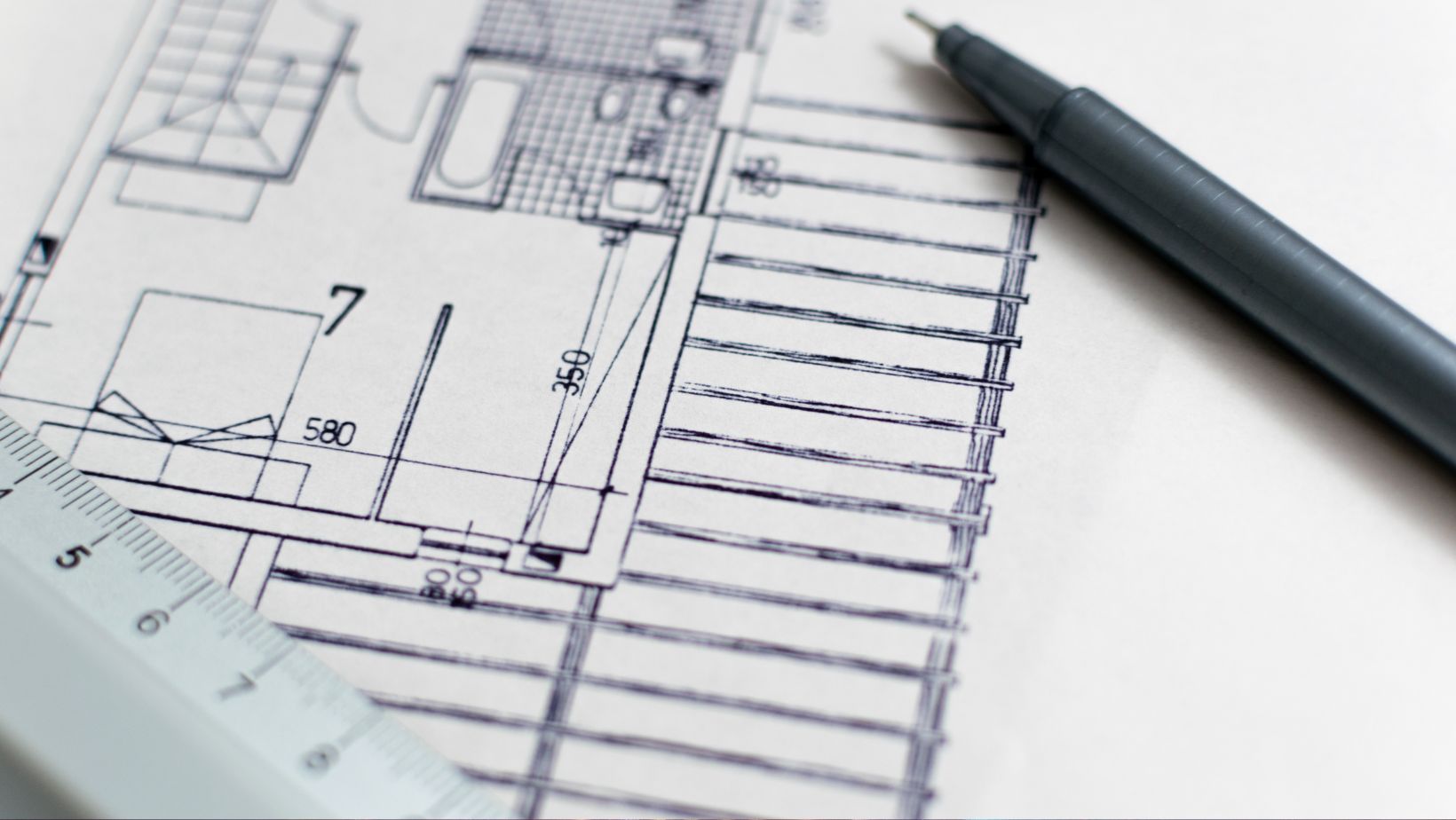
2 Link Suggestions
- architectural styles for indoor-outdoor spaces
https://kdarchitects.net/what-architectural-style-should-you-choose-for-your-home/ - modern styles that enhance outdoor living
https://kdarchitects.net/7-brilliant-ways-modern-architecture-transforms-living-spaces/



